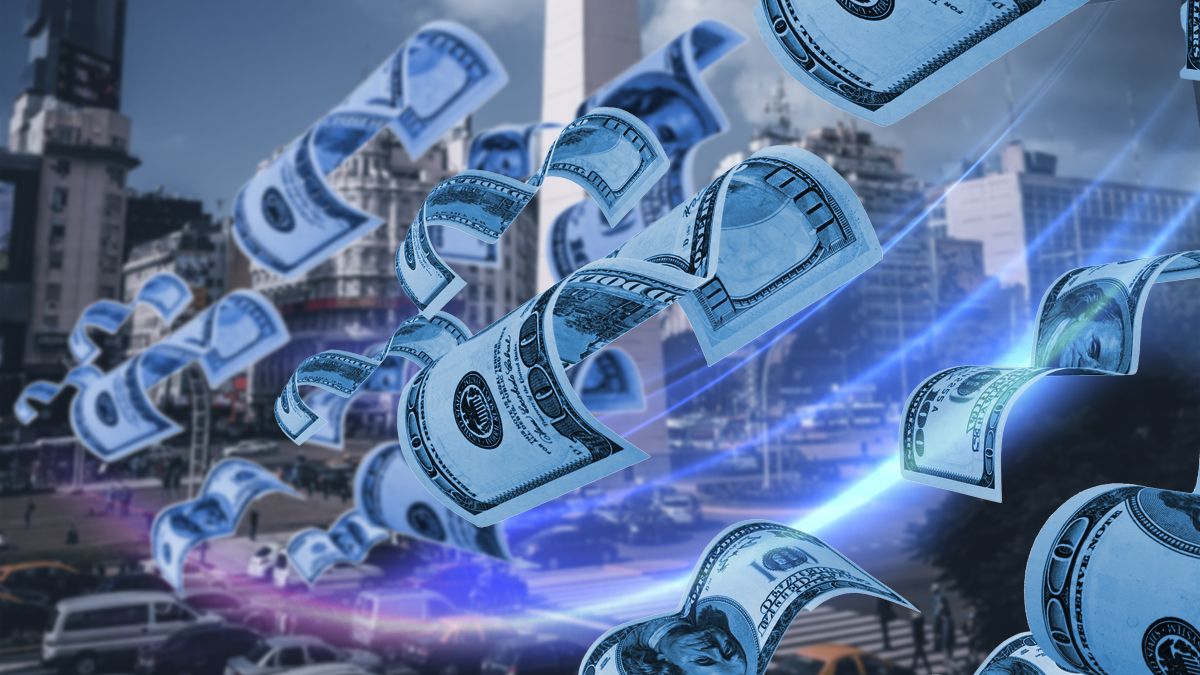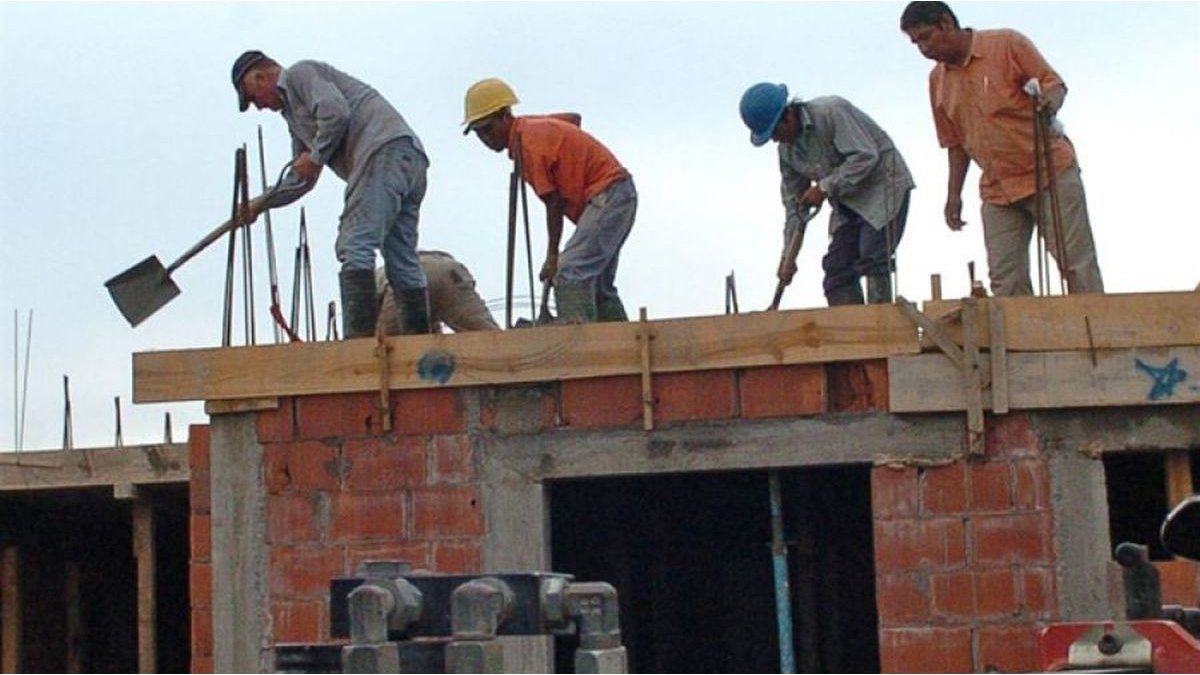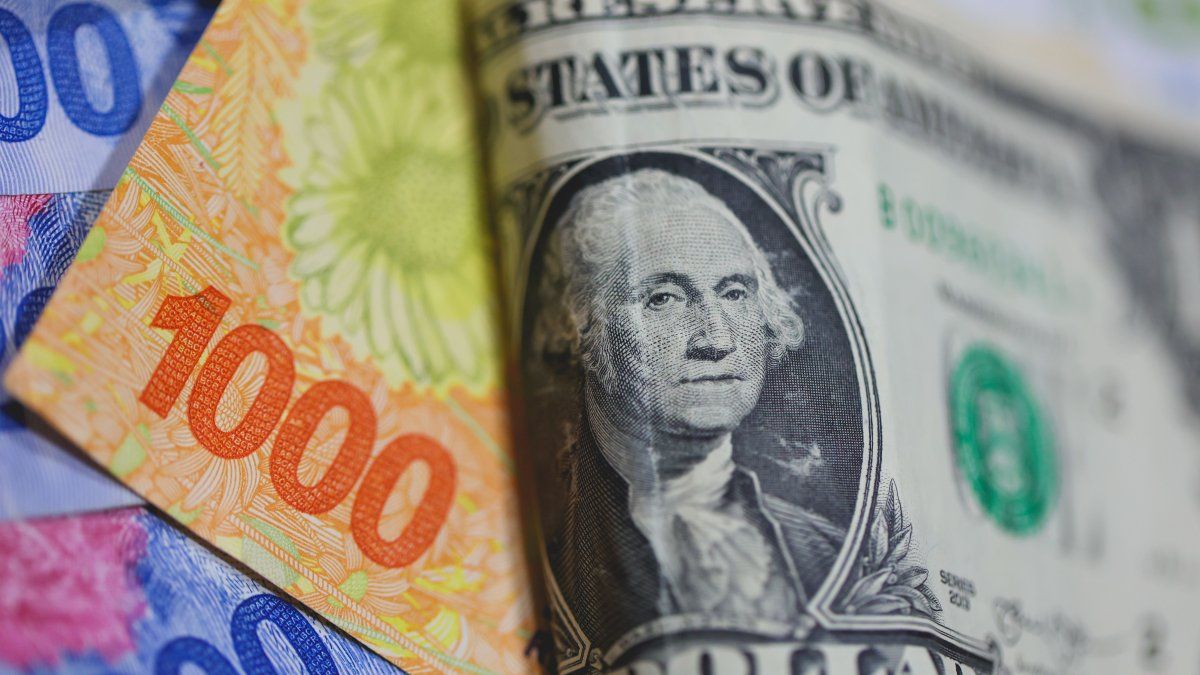“Although not surprisingly, since it was expected after the ¨soy dollar¨, operators continue to monitor daily the bleeding of reserves, which is not sustainable and hence the growing expectation about new measures in demand and supply that point to short-term towards a better exchange balance,” said Gustavo Ber.
And he added: “The renewed readjustment in financial dollars could be beginning to show that some operators would be more inclined to close their bets towards the ‘carry-trade’ of recent months, given the expectation that the backwardness could not continue to deepen. with references ‘ironed’ while the high inflation and background nominality extends, since a reduction in price in the end would awaken the demand for coverage of economic agents.
“Why doesn’t the blue go up? Just look at the monetary and fiscal statistics, the government is leading us into a recession never seen before. It is reducing public spending, but has not yet achieved a fiscal surplus, there is a large contraction in the number of pesos in circulation, it has sharply increased interest rates, restricted imports, sharpened the stocks and does not generate confidence. It is a difficult cocktail to digest for an economy that is slowing down very quickly,” said analyst Salvador Di Stéfano.
What’s going to happen with the dollar?
Andres Reschini, analyst at F2 Financial Solutions, noted: “So far in November through yesterday’s close, the A3500 exchange rate moved at a rate of 6.89% TEM or 125% TEA. Reversing the loss of competitiveness will depend on what also happens with inflation. It is different if the IPC travels at 6% and the exchange rate at 6.9%, than if the IPC continues to accelerate and the official exchange rate runs behind it, as has been happening since at least 2021, with the exception of September of this year, month for which both tied”.
In this line, Paul Repetto, head of research in Aurum Securities, He highlighted that “the magnitude of the delay is already so great that we do not see the possibility that the crawling peg can be successful in reversing what has been accumulated; perhaps in the best of cases it is enough not to deepen it”.
Reschini considered: “The official exchange rate is much lower than the market equilibrium exchange rate. As it is lower than what would be operated under free market conditions, the agents try not to liquidate, but, at the same time, it is an incentive to acquire that TC, that is, to import. We saw an example that when it is more in tune with what a market value would be, it responds when the Export Incentive Program for soybeans was implemented.”
Uruguayan dollars
(Photo: Freepik)
Also, a report from Ecolatina warns that this dynamic continues to be influenced by a lower liquidation of agriculture: “Last week, the liquidation of the sector amounted to US$182 million, 40% below the US$311 million of the previous week. The daily average of US$36 million is also much lower than the US$150 million per day in August. It should be remembered that during October the liquidation of agriculture was the lowest since March 2020. In this way, the magnitude of the advancement of exports caused by the “soy dollar” and the consequent shortage of supply for the subsequent months is being revealed more clearly. The drought is already leaving permanent damage that will result in a lower supply in the MULC and will narrow the margin of maneuver of the monetary authority”.
for the economist Gabriel Caamano the calm in the financial dollars “is the product of the sharp rise in Treasury bond rates, which is paying considerable real rates for short terms,” although he warns that this is not sustainable in the long term.
the financial analyst Christian Butler affirmed that, with the levels of monetary issue, although now they are lower, and inflation traveling between 6% and 7% per month, it is expected that the parallel exchange rates will have an upward trend, although it is difficult to predict when it will happen
“When tourists return from the World Cup and other destinations, they are not going to pay the $330 dollar card if they can buy it at $290. This is going to generate a little more demand and, therefore, a rise in prices. They are good prices to buy if you have to. I doubt we’ll see them much lower than they are now,” Buteler said.
Claudio Caprarulodirector of Analytica, warned: “At the end of the year, companies have less liquidity, among other things due to the payment of Christmas bonuses. Without a previous shock event, the pressure on the parallels should increase stronger during the first quarter of 2023 At the same time, the biggest exchange trap puts pressure on the parallels”, pointed out .
Source: Ambito
David William is a talented author who has made a name for himself in the world of writing. He is a professional author who writes on a wide range of topics, from general interest to opinion news. David is currently working as a writer at 24 hours worlds where he brings his unique perspective and in-depth research to his articles, making them both informative and engaging.




